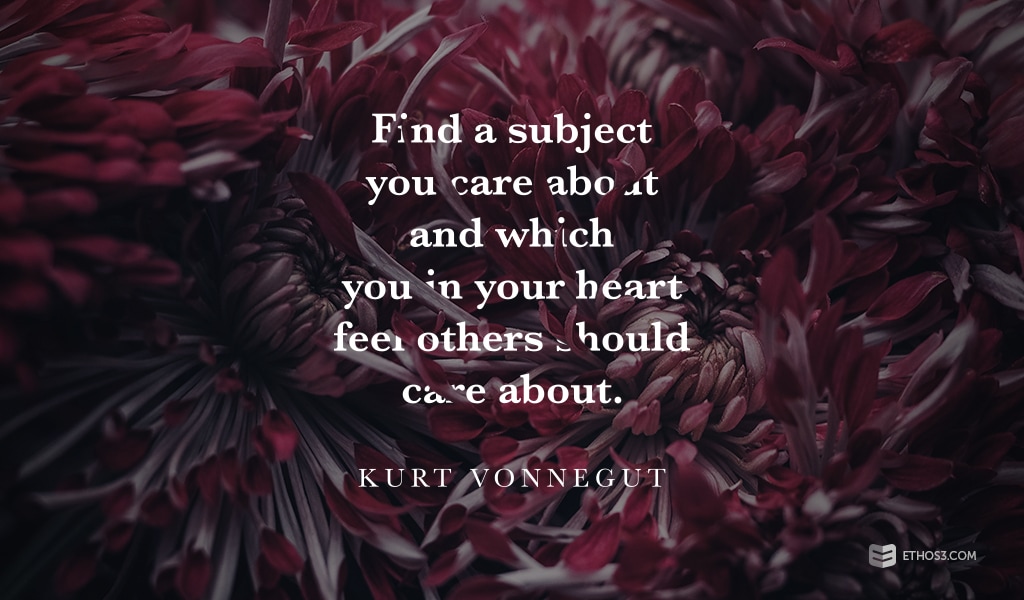Studies have shown that storytelling is the most effective tactic to employ if presenter’s want audience members to share his or her opinions, care about a topic, and motivate others to care about it. Storytelling allows listeners to be a part of the experience – whether they were there in real-time or not. Are your stories succeeding at connecting people to an experience? Or are you headed towards storytelling doom? Be aware of the following 3 signs of presentation peril:
There’s no conflict
Even within presentation storytelling, the description of threat, risk, and challenge is crucial to obtaining support and inspiring action from your audiences. Without conflict, you’re presentation lacks opportunities to drive the narrative forward. Create conflict by introducing opposing arguments and perspectives on your subject matter. Or detail those moments when you struggled to get your business up and running; when you tested different strategies to no avail; when you navigated through a complex situation with a customer, client, or competitor. Keep the audience on edge, interested in the outcome, and involved in the greater message. Whatever you do, make sure that those conflicts you outline are delivered in an authentic manner and are relevant to your audience. Keep them on edge, interested in the outcome, and involved in the greater message.
No one’s laughing
While not every presentation warrants the use of humor to communicate a message, retaining humor as a storytelling skill increases your ability to connect with audiences and cultivates a favorable perception of you as a presenter. If you can’t make others laugh, you’ll likely need to maximize your strengths in other areas. According to a 2014 Business Insider article, humorous individuals have cognitive flexibility, which means they have this: “the ability to assess an idea or an event from a variety of perspectives, and then, naturally, make light of it.” In most settings, invoking laughter is appreciated and valued.
You don’t care
If you don’t care about your presentation material, you’ll show it in both your slides and your facial expressions and body language. This will translate into boredom across the board – from yourself to your audience. Take a note from psychologist John Dewey who argued that to be interesting, you must be interested. In a presentation setting, this means being interested in not only your presentation topic and message, but also your audience’s reaction and interaction with it. Welcome Q&As and discussions throughout the course of your presentation. Demonstrate that you care more about developing a relationship with your audience through your content than about reaching the end of the deck.

Monitor your presentation storytelling for these 3 signs of doom! And for more tips and tricks to guide your narrative-building, check out the resources below:
Presentation Storytelling Tips: Defining the Protagonist
Beware! Avoid These Presentation Storytelling Mistakes
Storytelling Tactics: Creating “Happily Ever After” Within a Presentation
